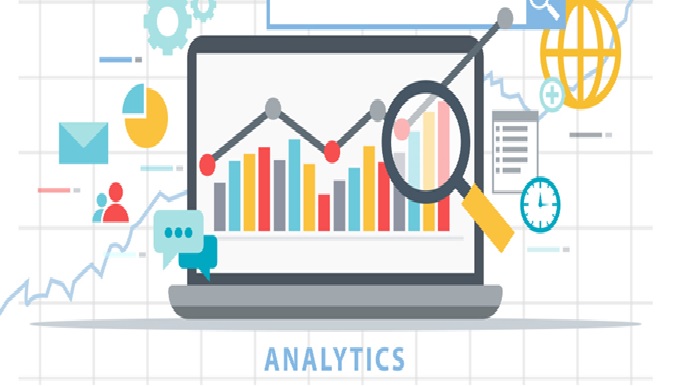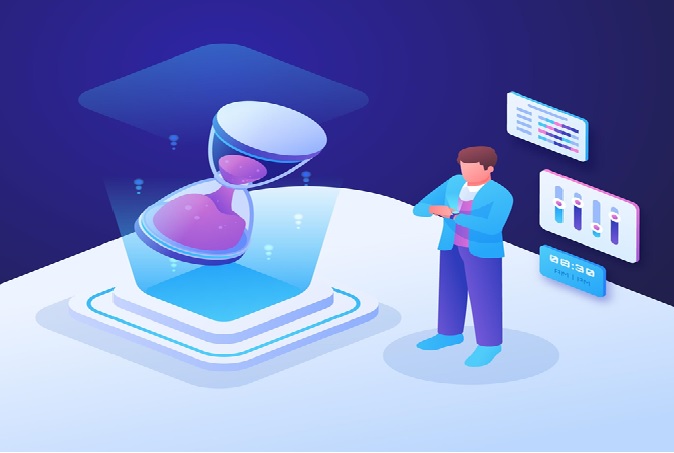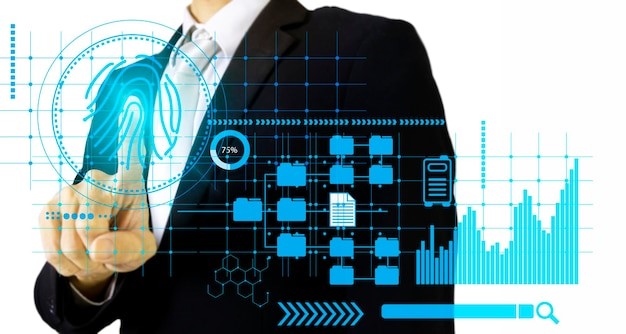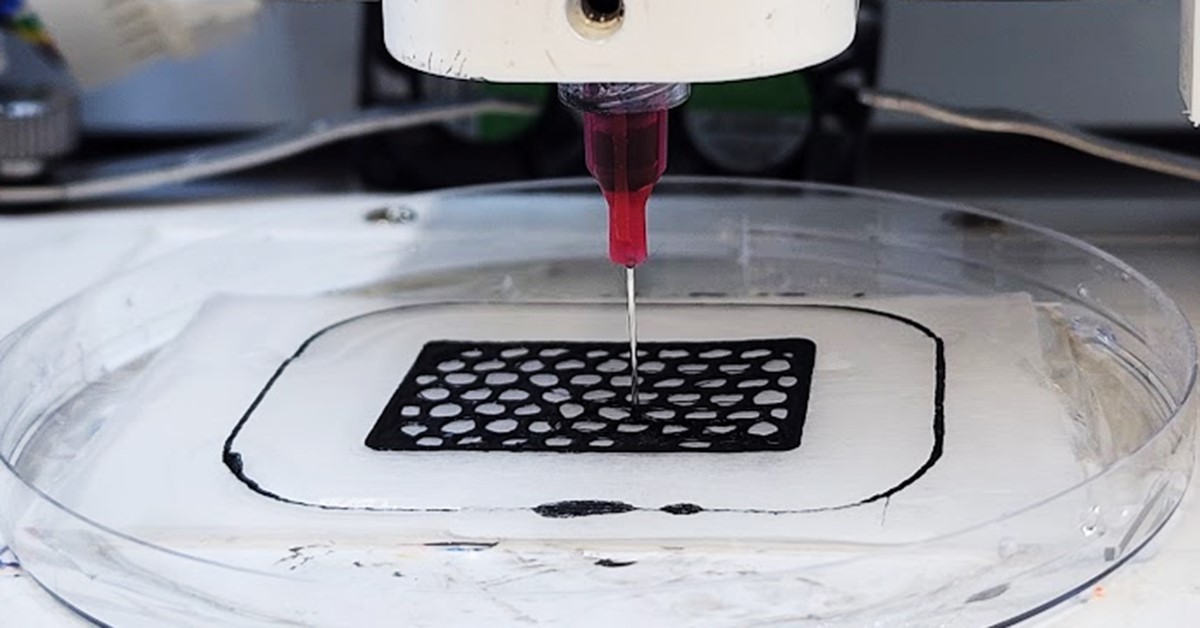Predictive Analytics
Predictive analytics is a form of data analysis that uses statistical algorithms and machine learning techniques to analyze historical data and make predictions about future events or outcomes. This involves using data, statistical algorithms, and machine learning techniques to identify the likelihood of future outcomes based on historical data.
Predictive analytics can be used in various business scenarios such as predicting customer churn, forecasting sales, identifying fraud, or predicting equipment failures. It can also be used in healthcare to predict disease outbreaks or patient readmission rates, or in finance to predict stock prices or credit risk.
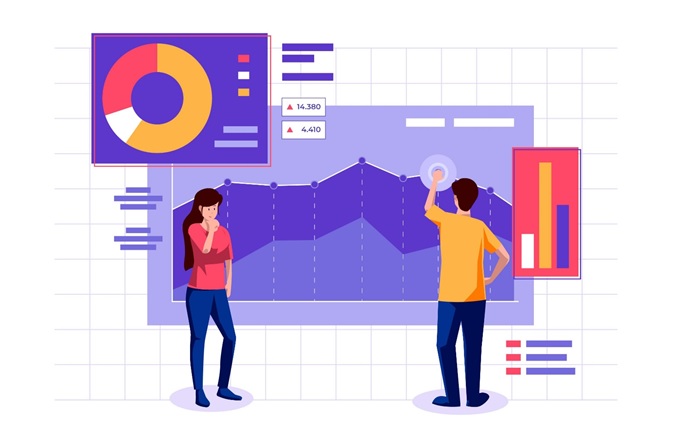
Figure 1. Predictive Analytics
Figure 1 shows is an illustration of predictive analytics. The predictive analytics process typically involves four stages:
- Data collection: Collecting relevant data from various sources, such as databases, spreadsheets, or social media.
- Data preparation: Cleaning and processing the data to ensure its quality and accuracy.
- Modeling: Using statistical algorithms and machine learning techniques to create predictive models that can identify patterns in the data and make predictions about future outcomes.
- Deployment: Implementing the predictive models into business processes or applications, and monitoring their performance to ensure they are accurate and up-to-date.
Types of Predictive Analytical Models
Decision Trees
If you want to understand what leads to someone's decisions, then you may find decision trees useful. This type of model places data into different sections based on certain variables, such as price or market capitalization. Just as the name implies, it looks like a tree with individual branches and leaves. Branches indicate the choices available while individual leaves represent a particular decision.
Decision trees are the simplest models because they're easy to understand and dissect. They're also very useful when you need to make a decision in a short period of time. [1]
Regression
This is the model that is used the most in statistical analysis. Use it when you want to determine patterns in large sets of data and when there's a linear relationship between the inputs. This method works by figuring out a formula, which represents the relationship between all the inputs found in the dataset. For example, you can use regression to figure out how price and other key factors can shape the performance of a security.
Neural Networks
Neural networks were developed as a form of predictive analytics by imitating the way the human brain works. This model can deal with complex data relationships using artificial intelligence and pattern recognition. Use it if you have several hurdles that you need to overcome like when you have too much data on hand, when you don't have the formula you need to help you find a relationship between the inputs and outputs in your dataset, or when you need to make predictions rather than come up with explanations.
Cluster Models
Clustering describes the method of aggregating data that share similar attributes. Consider a large online retailer like Amazon. Amazon can cluster sales based on the quantity purchased or it can cluster sales based on the average account age of its consumer. By separating data into similar groups based on shared features, analysts may be able to identify other characteristics that define future activity.
Time Series Modeling
Sometimes, data relates to time, and specific predictive analytics rely on the relationship between what happens when. These types of models assess inputs at specific frequencies such as daily, weekly, or monthly iterations. Then, analytical models seek seasonality, trends, or behavioral patterns based on timing. This type of predictive model can be useful to predict when peak customer service periods are needed or when specific sales will be made.
Predictive analytics can help businesses to identify emerging trends, optimize their operations, and make data-driven decisions that lead to improved business outcomes. By leveraging predictive analytics, businesses can gain a competitive advantage, increase customer satisfaction, and improve their bottom line.
References:
- https://www.investopedia.com/terms/p/predictive-analytics.asp#citation-3
Cite this article:
Hana M (2023), Predictive Analytics, AnaTechMaz, pp.47



